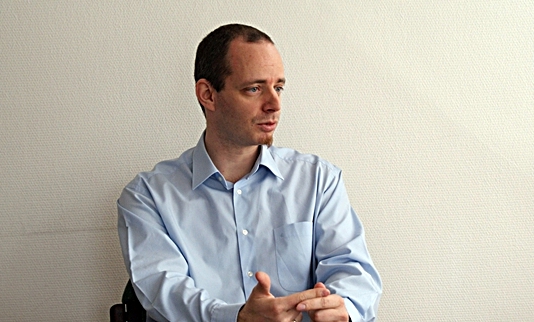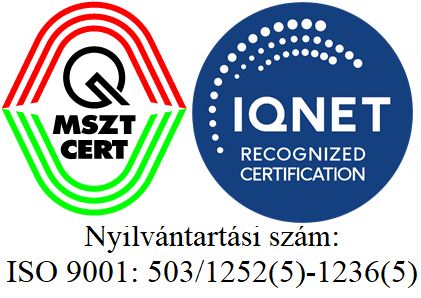The Advance Reference Material (ARM) submitted
2015.04.28

On the initiative of Hungary a review about the entire national nuclear regulatory infrastructure for safety and security will be conducted by international experts of the International Atomic Energy Agency (IAEA) in the framework of an Integrated Regulatory Review Service Mission (IRRS) in May, 2015. The Hungarian Atomic Energy Authority (HAEA) preparing for the review submitted an advance information package to the IAEA in the first week of April, 2015. On this occasion Dániel Nyisztor, the project manager of the IRRS was interviewed about the relevance of the IRRS Project, the tasks already fulfilled and the challenges still ahead.
The Advance Reference Material
(ARM) is an information package that contains the results of the self-evaluation
of the national regulatory system, the Action Plan based on the self-evaluation
together with, the description of the national legislative background and
the administrative system of competent governmental bodies. All this information
was submitted to the IAEA in English so that the foreign experts of the
Mission could study it in advance and arrive to Hungary for the two week
Mission prepared.
I suppose it was a great
challenge to elaborate these documents in English.
Do you mean we are ready
for the Mission in May, or there are still some more tasks in connection
with the preparatory work?
Back to the ARM, could
you give us a brief summary of this 450 page document? Does a short summary
exist, which you can tell us about?
This is the simplified result of the self-evaluation, which cannot be used in itself, but contains the main points.
What strengths, weaknesses,
opportunities and threats of the analysis would you highlight?
The Action Plan puts emphasis
on knowledge management and education. The major part of the conclusions
and plans of the studied areas actually refer to them. Based on the results
of the evaluation, the present system of education within the regulatory
body shall be systematically improved, and functions belonging to knowledge
management will be treated in a coherent way in the future. The basis for
these measures will be set up yet this year.
Besides, several decisions
have been made to improve the regulatory process, the documentary system
and the inspection practice. These are all included in the Action Plan.
What will be the next
big step in the IRRS process?



 ©HAEA - All rights reserved
©HAEA - All rights reserved